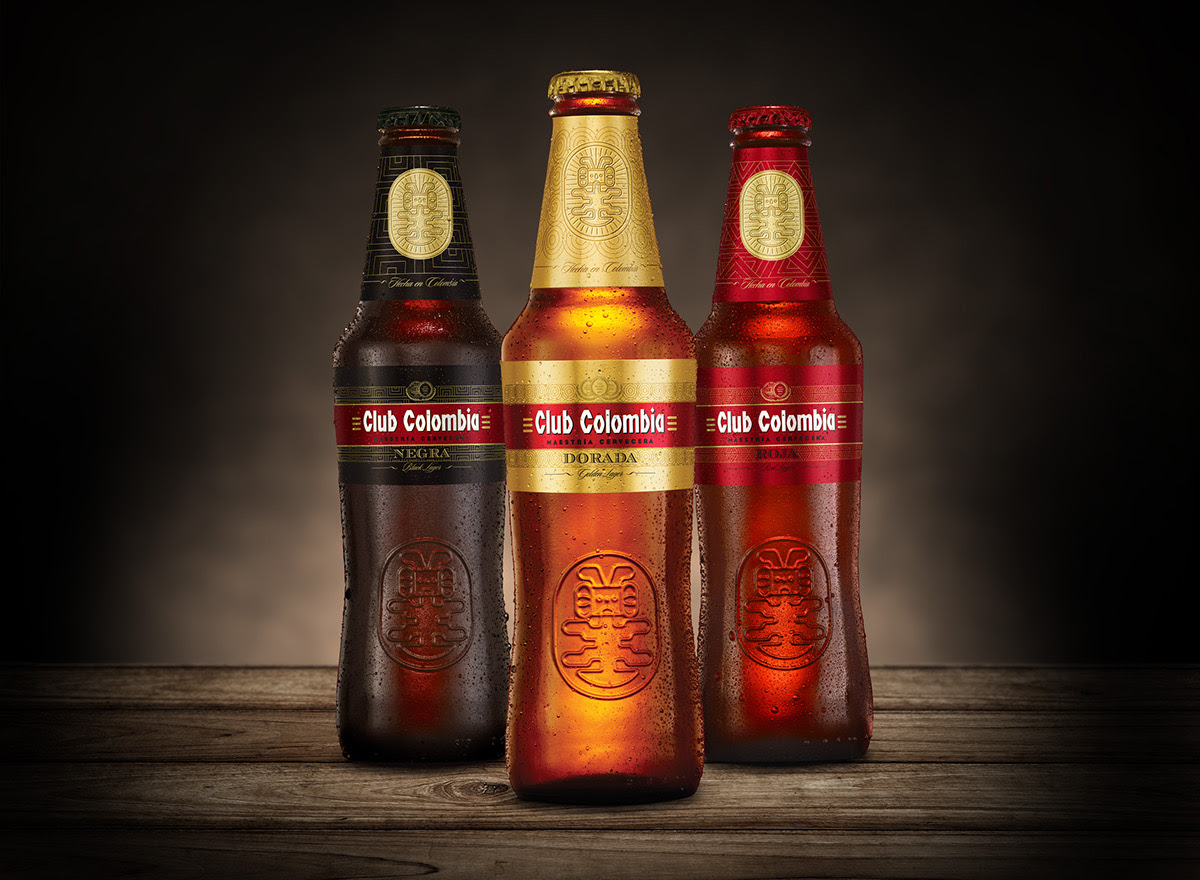A sense of glocality
Lee este post en su idioma original, español.
Translated from Spanish.
ImasD is a design and strategy studio based in Medellin, Colombia, which is recognized for its work with brands that adapt to change. Today marks the start of a new collaboration between kriteria and the Colombian design studio, with imasD contributing a series of posts on topics related to design trends, branding, and Latin American identity.
Our first part in the series is written by Juana Mesa, strategic director at ImasD. Juana is a professional designer with a master's degree in branding, who started her career at creative agencies and later worked as a consultant tackling large-scale projects for Latin American multinational companies.
In recent years, Juana has worked on several mass consumption projects with big-name clients such as Grupo Gloria in Peru, Nutresa, Postobón, Team Foods, Familia, Bavaria, Frisby, Sanofi, among others, and has traveled throughout Latin America giving talks, workshops and conducting coolhunting research for her clients. You’ll find that Juana has plenty of insight when it comes to defining the elusive Latin American identity, so keep reading for her take on it. grupoimasd.com
“In Colombia (and in Latin America in general) we grow up looking all around us: wanting to go to Disney, watching Hollywood movies and longing to walk the streets of Europe, tasting their flavors, and buying their products.”
Finding a sense of “glocality” means expanding how we are inspired in order to enrich the meaning we give to brands before launching them onto the global stage.
At the beginning of 2000, the Italian sociologist Francesco Morace, known for dedicating his life to understanding the dynamics of people and their relationship with the environment, came to Colombia to talk about the importance of the term “glocal” and its relevance in a globalized world.
He later told local newspaper El Tiempo, "Proposing a unique and distinctive identity is an essential part of living in a globalized world. One thing is the unity of style of a country of universal significance, like Italy has been, or France or the United States.”
So, we ask ourselves, how have these countries achieved such a sense of identity? How have they crossed borders? What has happened to the endless list of brands that base their sense of identity on a particular country or nation and how does this factor become relevant or intrinsic?
In Colombia (and in Latin America in general) we grow up looking around us, wanting to go to Disneyworld, watching Hollywood movies and longing to walk the streets of Europe, tasting their flavors, and buying their products. This is especially true of those who study design: we delight in the "good taste" of the Nordic countries and we are surprised how advanced things are in more developed parts of the world. It is rare that we look inside ourselves to explore our own identity, valuing it, treasuring it, and finding dignity in it.
Let's think about the Colombian context. Creating a brand inspired by local culture does not necessarily mean that it will be folksy, colorful or artisanal; the idea is to find inspiration in tradition, family, and the country’s inherent diversity. Is it possible to do this without becoming a folksy cliché?
Understanding indigenous dynamics can teach us a great deal about identity: their communities have always understood and appropriated their context, the richness of the land, and the materials it provides for exploring and creating innovative elements that reflect a unique identity.
As Colombians, we live in one of the most diverse countries in the world, this is true from almost any perspective. It is fertile ground for creativity, and a true privilege to live here, but are we taking full advantage of it?
Today, the dynamics of origin and glocality are more relevant than ever; we place special attention on where our clothes come from, who made them, where our food is grown, where our coffee comes from, etc. In a globalized and hyper-communicated world, we treat anything that tells its own story with special care.
So, in order to create a solid brand identity, we believe that the following steps are worth considering:
1. Reconnect with what is ours
We must fully inhabit and embrace our nations’ cities, countryside, and the particularities of our region. Let’s not be passers-by of our context, but constant students and observers that find magic and inspiration in the smallest of details.
2. Communicate with the locals
We must start conversations with people of different places, habits and customs, and in the best of cases, partake a bit more in their daily life.
3. Transcend the obvious
We must let ourselves be inspired, create connections and redefine the meaning everything brings to our life. This openness allows for the most innovative ideas to come to us.
In order to create an inspiring and relevant brand, it is essential to build it from within, understanding the origin of an idea in order to take full ownership of it and reinvent it. And all the while, we must never, ever lose sight of the essence.







